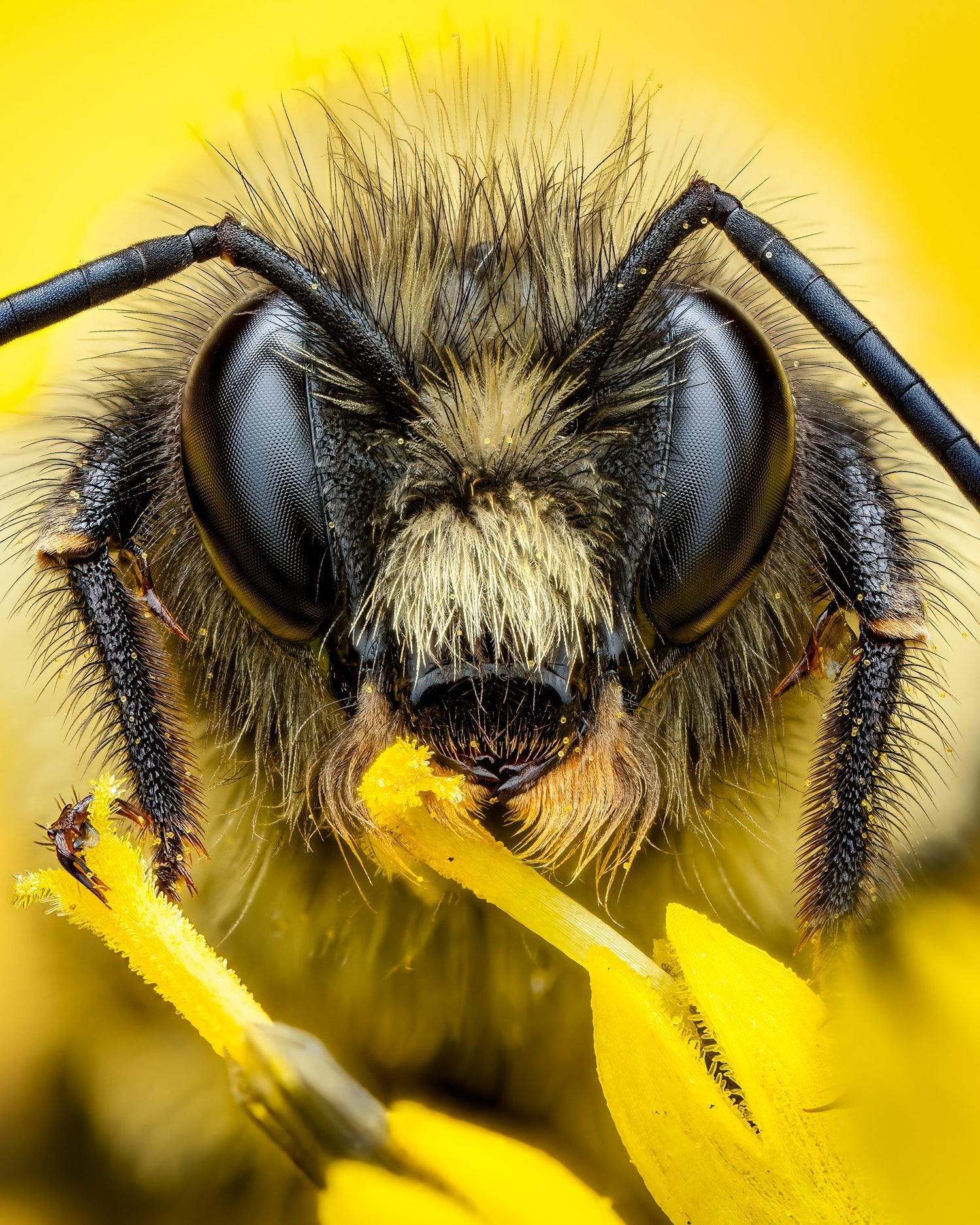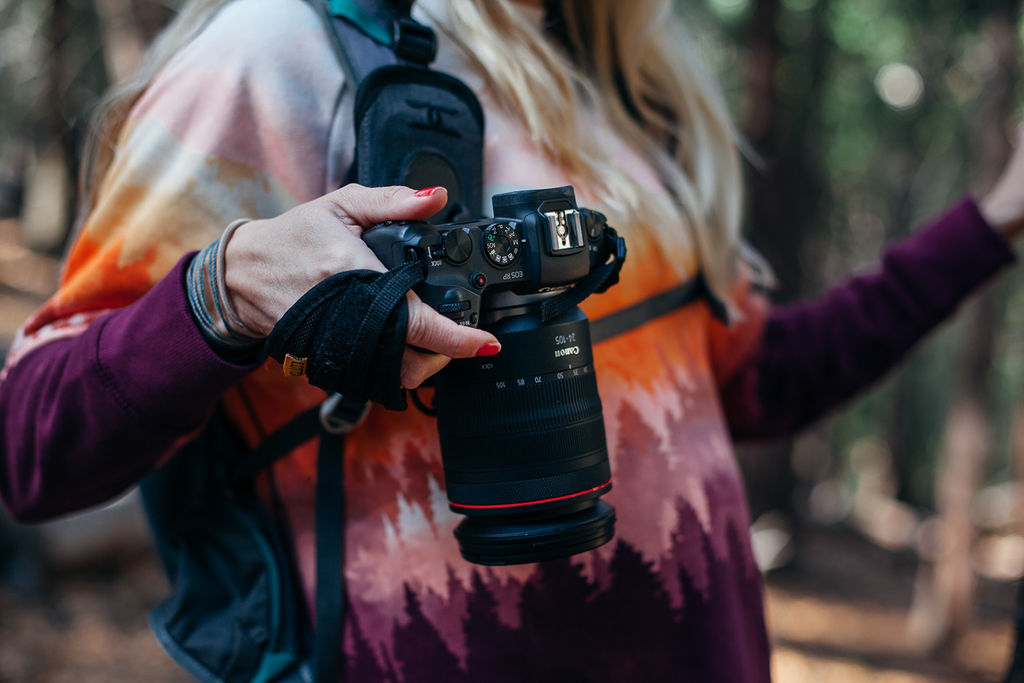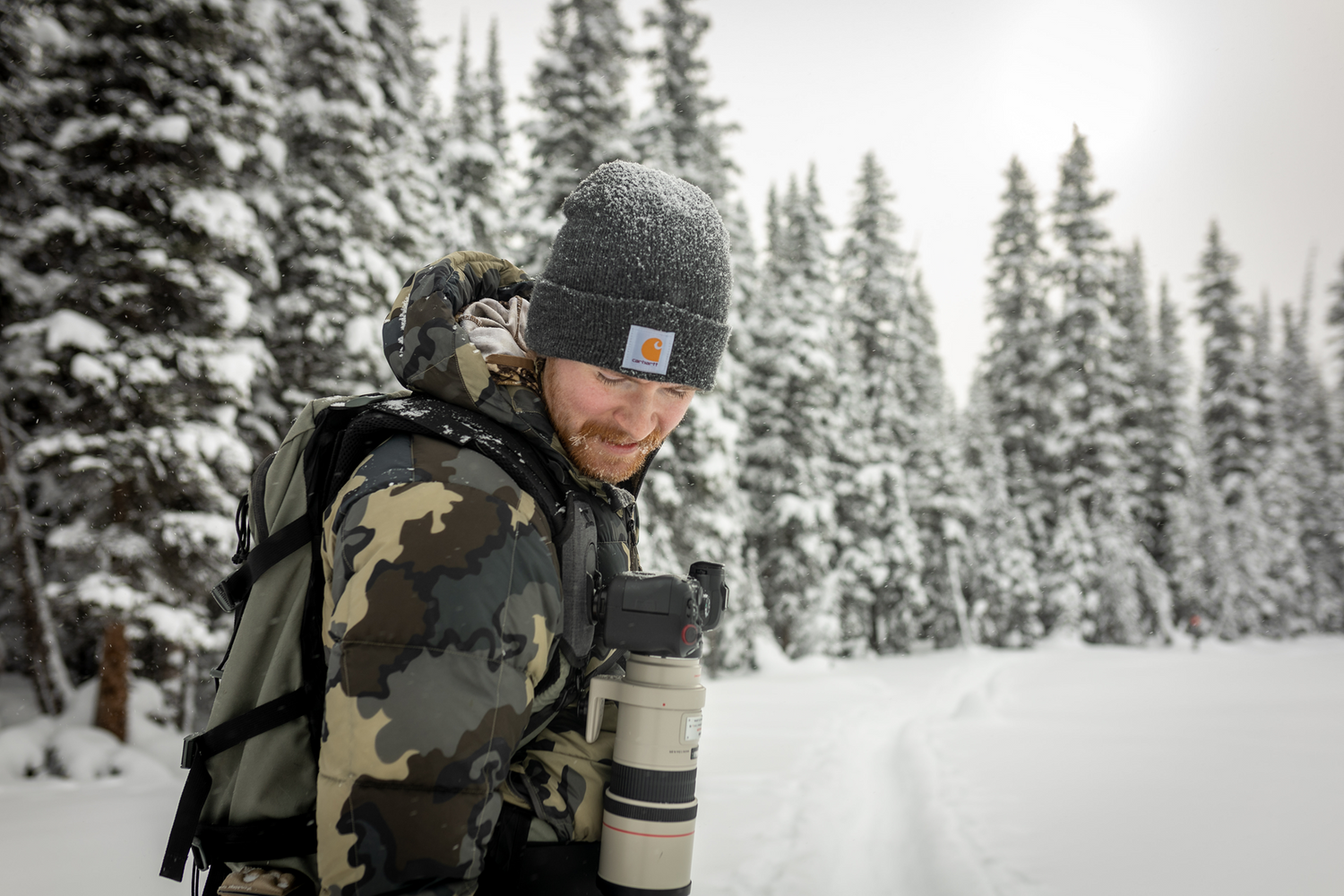Cotton Carrier: Where do you call home?
Oliver Tweedie: I currently call Victoria, Vancouver Island home
CC: How long have you taken photographs for unprofessionally and professionally?
OT: Around 5-6 years
Oliver using his CCS G3 Harness while out taking photographs.
Available here https://www.cottoncarrier.com/collections/cameras
CC: How would you define your style as a photographer?
OT: Naturalist. I try to keep everything as close to the natural look of the photo.

CC: Where is your favorite place or thing to shoot?
OT: In the mountains looking for pygmy owls
CC: What Camera(s) / Lenses do you use?
OT: The Sony 7iii with the sony 200-600mm lens
CC: What’s the craziest thing you’ve ever done to get “The Shot”?
OT: Climbed trees and scaled cliff faces to get eye level with pygmy owls

CC: Who has inspired you as a photographer?
OT: Robert Irwin’s photography and as of late Colin Franks photography
CC: What advice would you tell an aspiring photographer?
OT: Get out there and have a go! There’s nothing more rewarding then being out there and capturing those unique moments in time
----------Note about the Photographer--------------
Oliver Tweedie is a photographer who works with our 1% For The Planet Partner Raincoast Conservation. His images of the Belted Kingfishers (T̸ETĆELE in SENĆOŦEN) have been used throughout their recent campaign - Details below

CC: Can you share a photographic resource you personally use?
OT: Pretty stock standard answer but I’m always on e-bird checking for sightings of birds I want to see.

CC: How has photography shaped your day to day?
OT: Keeps me young and fit. Has got me out of the house a lot more. Feels like I’m playing a constant game of Pokémon
CC: Where has photography taken you, and made you experience?
OT: The most scenic places you can imagine. Vancouver Island is like a big Jurassic park at times. And I just love being up to watch the sunrise and chase after some amazing wildlife with my camera.





